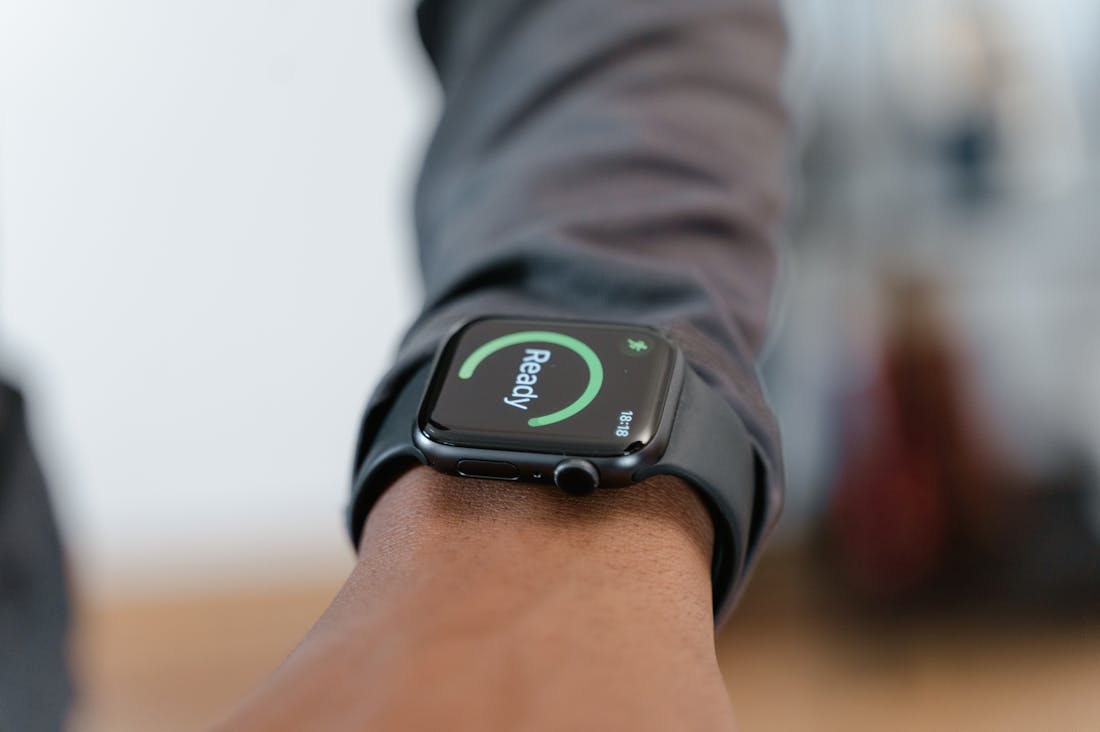In today's fast-paced world, the convergence of wellness and technology is reshaping how we approach our health and well-being. As innovative tools emerge—ranging from wearable fitness trackers to advanced health apps—individuals gain unprecedented insights into their physical and mental states. This exploration delves into how technology is revolutionizing wellness, enhancing personal health journeys, and fostering a more holistic understanding of well-being in our daily lives. Join us as we navigate this dynamic landscape, uncovering the tools, trends, and transformative approaches that are empowering individuals to take charge of their health like never before.

The Rise of Health Apps
The rise of health apps marks a transformative shift in how individuals approach wellness and healthcare management. With smartphones becoming ubiquitous, these applications have empowered users to monitor various aspects of their health—from physical fitness and nutrition to mental well-being and chronic disease management. Innovative features such as activity tracking, personalized fitness plans, medication reminders, and telehealth options provide accessible and user-friendly tools for maintaining better health. Additionally, the integration of artificial intelligence and data analytics enables more tailored experiences, increasing the effectiveness of health guidance. As a result, health apps not only promote individual accountability but also foster a proactive approach to healthcare, ultimately enhancing overall public health outcomes.

Wearable Tech: A New Frontier in Personal Health
Wearable technology has emerged as a revolutionary frontier in personal health, offering individuals unprecedented insights into their physical well-being. Devices such as smartwatches, fitness trackers, and health-monitoring clothing allow users to monitor vital signs like heart rate, sleep patterns, and physical activity levels in real-time. This data-driven approach empowers users to make informed lifestyle choices, promoting healthier habits and early detection of potential health issues. The integration of artificial intelligence further personalizes health recommendations based on individual data, making wellness more accessible and tailored. As technology continues to evolve, wearable tech not only transforms personal health management but also contributes to broader public health initiatives by gathering anonymized data to identify trends and improve health outcomes.

Balancing Screen Time with Self-Care
In today's digital age, balancing screen time with self-care has become crucial for mental and physical well-being. Excessive screen exposure can lead to issues such as eye strain, disrupted sleep patterns, and heightened anxiety. To counter these effects, it’s essential to establish healthy boundaries for digital consumption. Dedicating time for activities that promote mindfulness, such as reading a book, practicing yoga, or engaging in outdoor excursions, can foster a deeper connection with oneself and nature. Additionally, incorporating regular breaks from screens can refresh the mind and enhance productivity. By prioritizing self-care alongside technology, individuals can cultivate a more balanced, fulfilling lifestyle that nurtures both body and spirit.
The Role of Virtual Reality in Wellness Practices
Virtual reality (VR) technology is making significant strides in enhancing wellness experiences, allowing users to immerse themselves in calming environments that promote relaxation and mindfulness. VR meditation programs transport individuals to serene landscapes, helping them to escape the pressures of daily life and focus on their mental health. Additionally, VR can be utilized for guided therapy sessions, providing a comfortable space for individuals to confront their fears and anxieties. By creating engaging interactive experiences, VR serves as a powerful tool for mental well-being, making therapeutic practices more accessible and effective for users of all backgrounds.
Social Connectivity and Its Impact on Health
In an increasingly digital world, the importance of social connectivity cannot be overstated. Online platforms and health communities foster connections between individuals facing similar health challenges, providing emotional support and shared experiences. These interactions can enhance motivation and accountability, encouraging users to adhere to their wellness routines. Furthermore, the integration of social features in health apps allows users to share progress, celebrate achievements, and participate in challenges together. This sense of community not only promotes healthier behaviors but also reduces feelings of isolation, ultimately contributing to improved mental and emotional well-being.
Nutrition Tracking: A Key to Health Insights
Nutrition tracking applications have emerged as essential tools for individuals aiming to improve their dietary habits and overall health. By logging food intake, users gain valuable insights into their eating patterns, enabling them to identify areas for improvement. These apps often provide personalized meal recommendations, nutritional advice, and even calorie counts, making it easier for users to meet their dietary goals. With the integration of barcode scanners and extensive food databases, tracking nutrition has never been more straightforward. This data-driven approach empowers individuals to make informed choices about their nutrition, leading to healthier lifestyles and better management of chronic conditions.
The Future of Telehealth and Remote Patient Monitoring
Telehealth has revolutionized healthcare access, particularly for individuals in remote or underserved areas. Through virtual consultations, patients can connect with healthcare providers from the comfort of their homes, eliminating the barriers of distance and transportation. Remote patient monitoring technology allows healthcare professionals to track patients' health metrics in real-time, providing timely interventions and personalized care plans. This proactive approach facilitates better management of chronic diseases and enhances patient engagement. As telehealth continues to evolve, it promises to bridge gaps in healthcare access, ensuring that quality medical care is available to everyone, regardless of their location.
AI-Assisted Content Disclaimer
This article was created with AI assistance and reviewed by a human for accuracy and clarity.